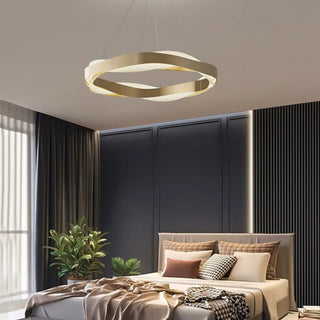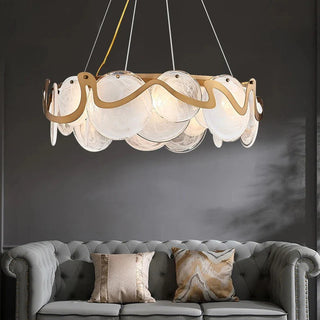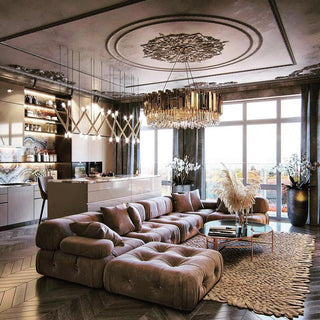When you creating comfort and coziness in the house, a huge role is given to the competent organization of lighting. That is why it is so important to carefully choose the right lighting fixture. Modern manufacturers offer a huge range of products, but how do you understand what you need? To be sure of choosing a lamp, we suggest that you find out what types of ceiling lamps exist.
Suspended ceiling lights
These luminaires are attached to the ceiling with a chain, cable or rigid suspension. They are used to organize general and additional lighting. Depending on this, the devices have a different angle of light scattering. The most obvious example is the classic chandelier familiar to everyone.
The range of pendant lamps includes both luxurious crystal chandeliers and compact modest models. It will not only provide sufficient illumination, but also serve as a magnificent decoration of the entire interior. In small rooms, it is better to give preference to pendant lamps with a strict modern design of shades.
Surface mounted ceiling lights
Surface-mounted fixtures have a versatile dish shape and flat, compact design, making them particularly popular in low-rise spaces. Fastening is carried out directly on the ceiling, while the lamp is completely located outside. Luminaires of this type can also be installed on stretch ceilings using special brackets.
Recessed ceiling lights
Due to their design, the use of recessed luminaires is considered one of the most practical ways of lighting. They have a laconic design, occupy a minimum of space and do not attract undue attention to themselves. With the help of built-in devices, it is easy to create the required level of illumination and distribute light fluxes for zone lighting.
Spot ceiling lights (spots)
In a separate subgroup, ceiling spots or spotlights can be distinguished. Their main difference from other ceiling lamps is the presence of a hinged arm in the spots, which allows you to change the direction of light manually. Such lamps are extremely popular for organizing zone lighting and decorative lighting in studio apartments and large rooms.
So which lamp should you choose? It's simple - start from its purpose!
The luminaire for the main lighting should provide a uniform distribution of the light flux in the room and therefore is most often located in the center of the room. In this case, a simple pendant lamp will suit you. If the room has the shape of an elongated rectangle, then it is better to use several devices at once.
Local light is designed to additionally illuminate isolated areas, such as a dining table or reading chair, but should not affect the general lighting. The effect is achieved by using lamps with a narrow beam of light.
Decorative lighting is designed to highlight exclusive interior elements and designer finds.
The choice of a particular type of ceiling lights is largely influenced by the purpose of the room for which they are intended. In the living room, it is better to use several types of appliances that differ in light brightness, color temperature and luminous flux direction. It is best for this purpose to choose a suspended or overhead chandelier in combination with spotlights or spots.
In the bedroom, the most appropriate would be a central lamp with a soft subdued light, complemented by ceiling lamps at the head of the bed.
For the kitchen, in addition to the general lamp with diffused light, zone illumination of the work surface and table is required.











